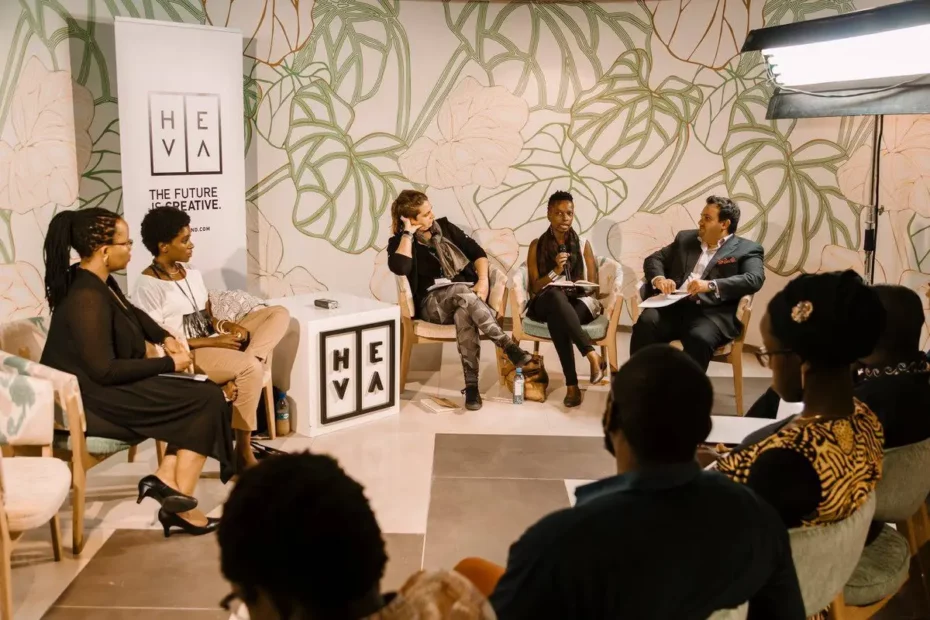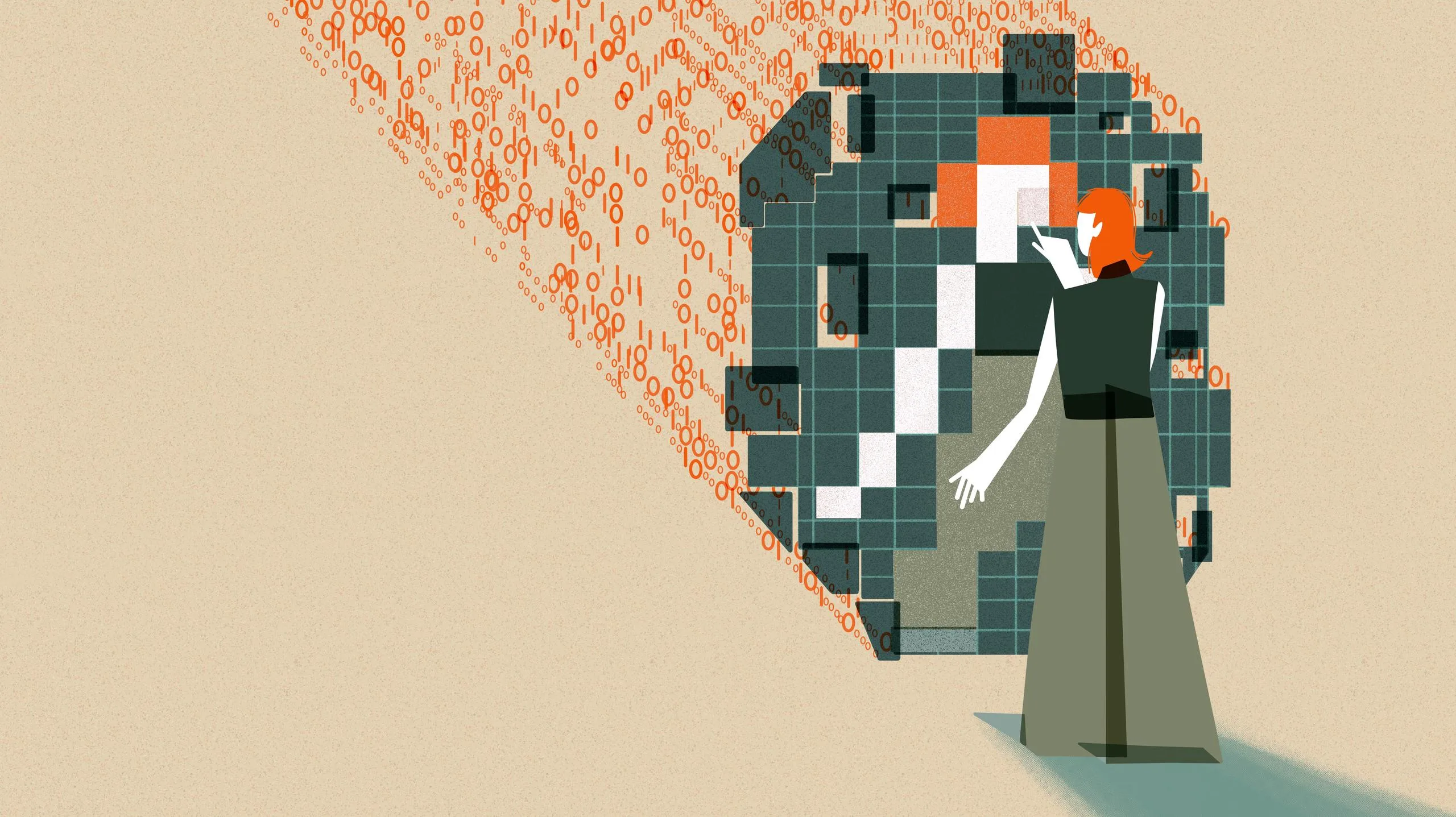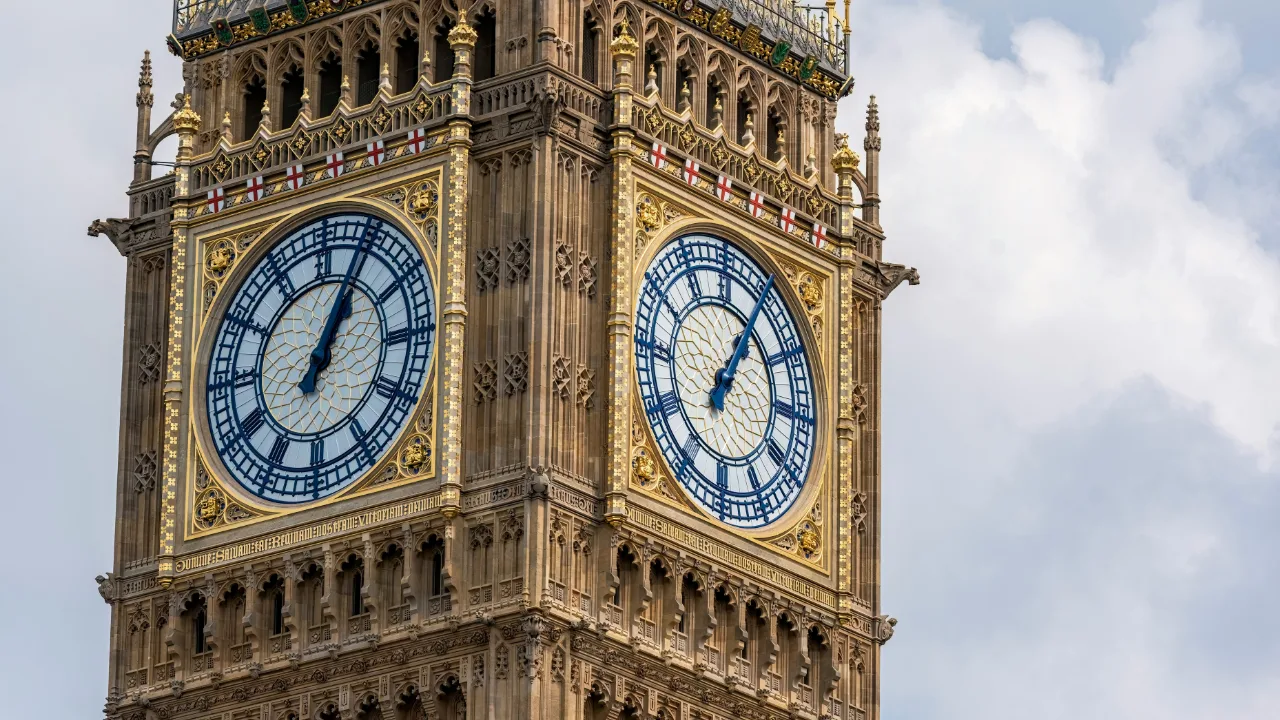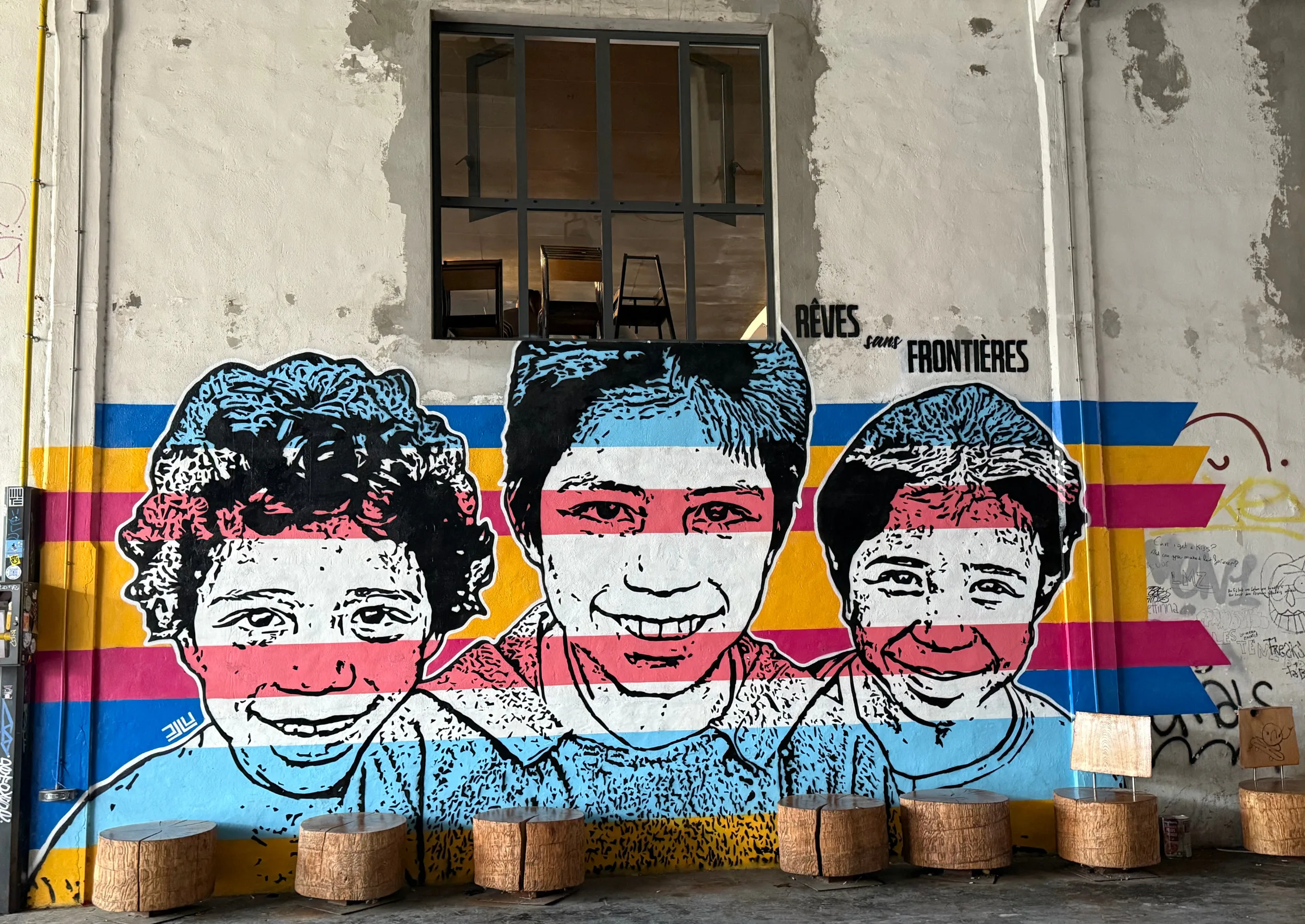A discussion on the impact of COVID-19 on East Africa’s creative sectors
In the first decade of the 21st century, the increasing visibility of cultural and creative industries in cities across Africa has been emblematic of the African renaissance — characterized by the growth of per capita and household incomes, aggressive transformation of urban spaces, rapid adoption of digital communication, growing diaspora remittances and increased foreign direct investment. Most of all, there has been a growing sense of self-esteem, and vastly increased and globally consumed cultural expression through music, film, gaming, fashion and contemporary art along with other cultural products and experiences driven by the dynamism and innovation of Africa’s young men and women.
The renowned Cameroonian philosopher Achille Mbebe, in his paper, Africa in The New Century, says that this renaissance process “has been rendered even more powerful by its convergence with two parallel developments. The first is the emergence of the digital technologies of the information age, and the second is the financialization of the economy”. Across the continent, young men and women continue to leverage their cultural assets and knowledge — in design, language inventories, music styles and poetry, traditional crafting, healing and wellness practices, food preparation and cuisines, visual languages, and storytelling — to break the glass ceiling, and to make their mark in the continent and around the world.
We have been inspired by the inventions and expressions of the constellations of artists, artisans and creative practitioners including; Nigeria’s Burna Boy, Kenya’s visual artist Cyrus Kabiru, South Africa’s Laduma Ngxokolo of the eminent brand Maxhosa; Reni Folawiyo founder of Alara, the distinctive Nigerian fashion concept store; Omoyemi Akerele, pioneer and catalyst of Lagos Fashion Week; Ethiopia’s leather designer Meron Seid; Lola Pedro, Nigeria’s brewer of the Pedro’s Premium Ogogoro or cane spirit; Ethiopia’s fine art photographer Aida Muluneh, Amaka Osakwe designer at Maki Oh, Painter Esther Mahlangu, South Africa’s music producer and DJ, Nkosinathi Innocent Maphumulo (also known as Black Coffee), to Nigeria’s writer Chimamanda Ngozi Adichie, among thousands of others.
Alongside these notable up-shoots, there are countless other founders in cities across the continent who make up a galaxy of interconnected enterprises, ventures, gigs, and hustles which we refer to as the creative and cultural industries. These in-turn provide livelihoods and personal fulfillment to millions more, while defining contemporary urban lifestyles as they serve their fellow citizens at home and abroad.
This surge has also attracted cautious institutional interest with early commitments coming from, among others, the creative industry finance initiative for Fashion, Film, ICT and Music by the Central Bank of Nigeria; the fashion investment program by the Africa Development Bank; the creative industry facility byAfreximBank; and the series of investment facilities for film, music, gaming, and fashion by East Africa’s HEVA Fund, These initiatives are signaling an increasing confidence in the cultural and creative industries, providing information necessary for commercial investment and positive actions from governments.
It is important to consider that while these industries are materialized by market dynamics, they are at the same time providing a transcendental service for their audiences and communities. Despite the tension between artistic practice and commercial value, these services continue to reward their audiences with subjective payoffs, which include but are not limited to reassurance, confidence, positive wellbeing, and, importantly, a vibrant discourse in decolonization. These qualities are especially important during a crisis, greatly contributing to the industries’ own resilience.
The COVID-19 crisis faced by Africa’s creative industries
Unlike the global financial crisis of 2008 which was caused and triggered by institutional malfeasance, COVID-19 is a sanitation crisis which impacts the health and personal safety of all individuals, causing adverse changes in human psychology: reducing trust and increasing anxiety and uncertainty, which will continue to influence as yet unmapped human behavior going forward. Subsequently, this pandemic has an unprecedented impact on business processes, including loss of productivity, disruption of supply chains and a significant impact on consumer demand. This unique crisis therefore raises, simultaneously, a health and safety critique, a business critique and a cultural critique.
While many competent institutions are trying to contain the spread of the disease through limitations of movement, increased hygiene considerations and testing, and contact tracing and hospitalization, we are well aware that unless there is a population-wide development of herd immunity after a critical mass of infections, or the global availability and administration of a vaccine, we shall have to accept and accommodate disruptions as a feature of our reality into the foreseeable future. Therefore, I choose to take this disruption and forced break as a rare, if inadvertent, gift of time. For those of us who can, may I suggest that we, on behalf of a highly affected sector, reflect and pay attention to the progress of our industries in the first decade of this new century, highlight emerging insights, and help imagine its future.
It is clear to me that the cultural and creative industries in Africa have made significant progress and had remarkable successes — buoyed by the large and youthful population, high rate of urbanization and the quick uptake of digital technologies. However, these successes are built on a fragile entrepreneur-driven model which remains vulnerable to exogenous risks (wars, pandemics, new and disruptive technologies, overreliance on external platforms) and endogenous risks (capacity gaps, investment deficits, low policy coverage). They have also contributed significantly to inequality. These characteristics may limit the growth potential of enterprises after any initial surge, inviting essential discussion on building inclusive, resilient and sustainable ecosystems in the second decade of our century.
In order to consider these questions, this intervention shall spend some time exploring the business and cultural critiques of this COVID-19 moment.
- The power of arts and culture during a crisis
The arts have always, and continue to, accompany our societies through our highest and lowest moments: music lent a wholesome language and a cadence to black South Africans throughout their struggle against racial oppression; and the taxi drivers, electricians, shoemakers, carpenter and, gravediggers in Congo imagine dignity, taste and elegance through fabric and style. Now more than ever, we need the arts to provide the context for our celebrations, our grief, and our longings, as well as to help us negotiate the human condition.
In this crisis, in our most dire hours, the arts continue to light the dark, keep us sane and ensure we stay human — as we create chill-out playlists, stream films, redecorate our houses for Zoom meetings, play video games, queue media programs to keep our children engaged, listen to podcasts, or attend Instagram Live parties… even now, artists are stepping up to help us for free.
The arts suggest solutions to our increased social isolation. They grieve and roar in pain and anger, as we grieve multiple losses — of our loved ones to disease, and of livelihoods, freedoms, and certainty. They know when things aren’t fair, and they speak out. And they encourage us to think and feel along with them. It is through art that we access ongoing reflections on our society.
These artistic services are providing support for our psychological and social wellness, now more than ever, increasing our resilience to overcome this crisis. Furthermore, the arts are the medium through which we are collectively challenging traditional norms and adopting new ways of living. Is the artist, then not an essential worker?
2. The fragility of creative freelancers and small/medium sized creative businesses
In Kenya, studies have revealed that a majority of practitioners are freelance workers — with zero contract hours and limited social protection. Others work in small and medium ventures, often with less than 10 employees, and these are usually self-financed and operating in a largely informal environment, itself characterized by low intellectual property protection, low capitalization, high costs of inefficiency, and high competition. According to the Central Bank of Kenya (CBK), 75 percent of small and medium-sized businesses face collapse if they fail to get fresh funds from banks or equity partners by the end of June 2020. This vulnerability is indicative of similar characteristics in most ecosystems in Africa.
This fragility is further compounded by the impact of COVID-19, especially for creative sector practice, which requires large gatherings, close physical interactions, dependence on travel and international logistics, and public sector financing for successful operations. This disproportionate exposure is experienced by the live music, theatre, performance arts, cultural events and supplies, museums, galleries, and tourism sectors.
When read together, the freelance worker-led renaissance process, and the cautious and limited involvement of financial institutions, along with the fragility of the business structures which underwrite the operations of these industries, all frame the urgency of a much-needed rescue intervention, in order to safeguard this creative and cultural moment.
The central realization, though, is the sobering low extent of social protection for the artist, artisan and the practitioner as a worker, along with the protection of his or her property — labours of the mind and body, the work of his or her hands.
Is the problem then, that the artist has not made a demand for social and legal protection? Or has the renaissance discourse failed to recognize and internalize those demands? Is the failure in the “business” modality as the vehicle which delivers artistic goods and services to the public?
Looking ahead to the recovery of Africa’s creative industries
As we enter the second decade of the 21st century, we are confronted by the deep shocks and disruptions triggered by the COVID-19 crisis, which has not only slowed us down but also gone ahead to provoke critical questions to any “business as usual” posture — questions that we have to address in order to arrest the African culture and creative moment.
To seize this understanding, we must quickly move from needing to be convinced of the viability of the creative industries in Africa, and to accept that the African renaissance opportunity not only constitutes an investment in the artist to animate his mandate in his society today (and by extension his/her enterprise), but a pay-forward scheme for those who want to be co-producing the realities of the second most populous and youngest continent now and over course of the 21st century.
It seems to me that the next four years are going to be some of the most consequential yet for the cultural and creative industries in Africa. In the next year, because of this emergency, we are bound to witness increased pressure on (and disruption of) practices, business models, supply chains, and delivery of creative goods and services. This, if left to proceed uninterrupted, will unfortunately lead to the bankruptcy and closure of many practices and severe job losses.
However, with the necessary investment, business support and innovation, the more agile propositions will survive and will embark on a slow recovery: questioning old norms; looking to understand the post-COVID-19 reality through experimentation and research; stabilizing operations, and reinventing new positions. Only then, can these find new growth, adopt new technologies and discover the benefits of the new ways of living and working.
The time is now
Having waived fees and charges to help increase the resilience of our portfolio businesses earlier in the pandemic cycle, the HEVA fund (the organisation that I run) have recently started receiving additional, more frantic requests for cashflow support. These requests, adding up to over USD 500,000, are primarily seeking to preserve over 1,000 jobs, in a limited time period ending in August 2020. While we are exploring strategies to meet some of these needs in the short term, this stark reality is indicative of the severe pressure cultural and creative businesses are experiencing as a result of the pandemic.
While considering a response, it is imperative that we fashion a transformational finance and support facility that will not only provide a lifeline for the ventures to survive the current crisis until their next business cycle, but also encourage the transformation of these industries, in order to set them up for new growth into the foreseeable future.
These facilities should take into consideration recalibrated timelines for slow recovery through responsive models, to allow practitioners space to recover and reinvent. The facility should encourage ownership of production, distribution platforms, growth and integration of ecosystems to reduce risk, and learning to help increase value and productivity. In addition to these business outcomes, the facility should also consider laying ground for increasing access to social protections, such as housing, healthcare and production infrastructure investments.
Agreeing on next steps
In the HEVA fund’s recently published report on the impact of COVID-19 on the cultural and creative industries in Kenya, we discussed a raft of measures that would guarantee the resilience, recovery and transformation of creative businesses.
We advocated for an increase in social welfare spending to mobilize artists to social projects across the country, akin to the USA Federal Arts Project (1935-1943) famous for supporting 10,000 artists in the aftermath of the Great Depression. The report suggested a design that would be intentionally responsive to the attendant fragility (in incomes, representation and institutional support) as well as an increased sensitivity to inequality.
The report subsequently discussed a raft of specific fiscal, tax and public policy measures which would safeguard the digital incomes of creators and content owners, reduce tax burden on creative producers, and increase investments into the arts. This would be rolled out, along with a business rescue fund — as discussed earlier, and a complementary research and innovation facility. This facility once in place, will not only be rolled out in Kenya, Rwanda, Ethiopia, Tanzania and Uganda, but will be offered as an additional solution to creative communities and ecosystems across the continent – through collaborations and partnerships with strategic hubs and partner organizations.
Finally, Achile Mbembe is convinced of the forward motion of the African arts project:
“Whether one likes it or not, Africa is firmly writing itself within a new, de-centred but global, history of the arts… the emerging consensus is that the destiny of our planet will be played out, to a large extent, in Africa. This… will constitute the main cultural and philosophical event of the 21st century.”
Photo provided by George Gachara / HEVA Fund.
This is the first piece in our COVID-19 blog series from our International Council. In the second blog, Edna dos Santos-Duisenberg shares experiences from Brazil.
The PEC’s blog provides a platform for independent, evidence-based views. All blogs are published to further debate, and may be polemical. The views expressed are solely those of the author(s) and do not necessarily represent views of the PEC or its partner organisations.
Related Blogs
What UK Job Postings Reveal About the Changing Demand for Creativity Skills in the Age of Generative AI
The emergence of AI promises faster economic growth, but also raises concerns about labour market di…
Creative PEC’s digest of the 2025 Autumn Budget
Creative PEC's Policy Unit digests the Government’s 2025 Budget and its impact on the UK’s creative …
Why do freelancers fall through the gaps?
Why are freelancers in the Performing Arts consistently overlooked, unseen, and unheard?
Insights from the Labour Party Conference 2025
Creative PEC Policy Adviser Emily Hopkins attended the Labour Party Conference in September 2025.
Association of South-East Asian Nations’ long-term view of the creative economy
John Newbigin examines the ASEAN approach to sustainability and the creative economy.
Take our Audience Survey
Take our quick survey and you might win a National Art Pass.
Culture, community resilience and climate change: becoming custodians of our planet
Reflecting on the relationship between climate change, cultural expressions and island states.
Cultural Industries at the Crossroads of Tourism and Development in the Maldives
Eduardo Saravia explores the significant opportunities – and risks – of relying on tourism.
When Data Hurts: What the Arts Can Learn from the BLS Firing
Douglas Noonan and Joanna Woronkowicz discuss the dangers of dismissing or discarding data that does…
Rewriting the Logic: Designing Responsible AI for the Creative Sector
As AI reshapes how culture is made and shared, Ve Dewey asks: Who gets to create? Whose voices are e…
Reflections from Creative Industries 2025: The Road to Sustainability
How can the creative industries drive meaningful environmental sustainability?
Creating value: the creative economy beyond culture by Marta Foresti
Marta Foresti explains the value of international cooperation as she becomes Chair of the GCEC.












